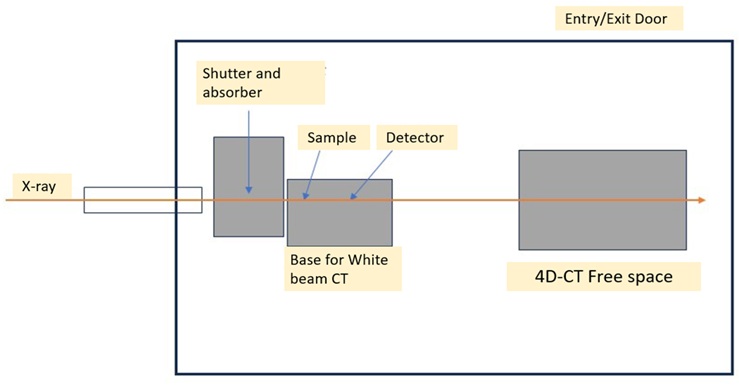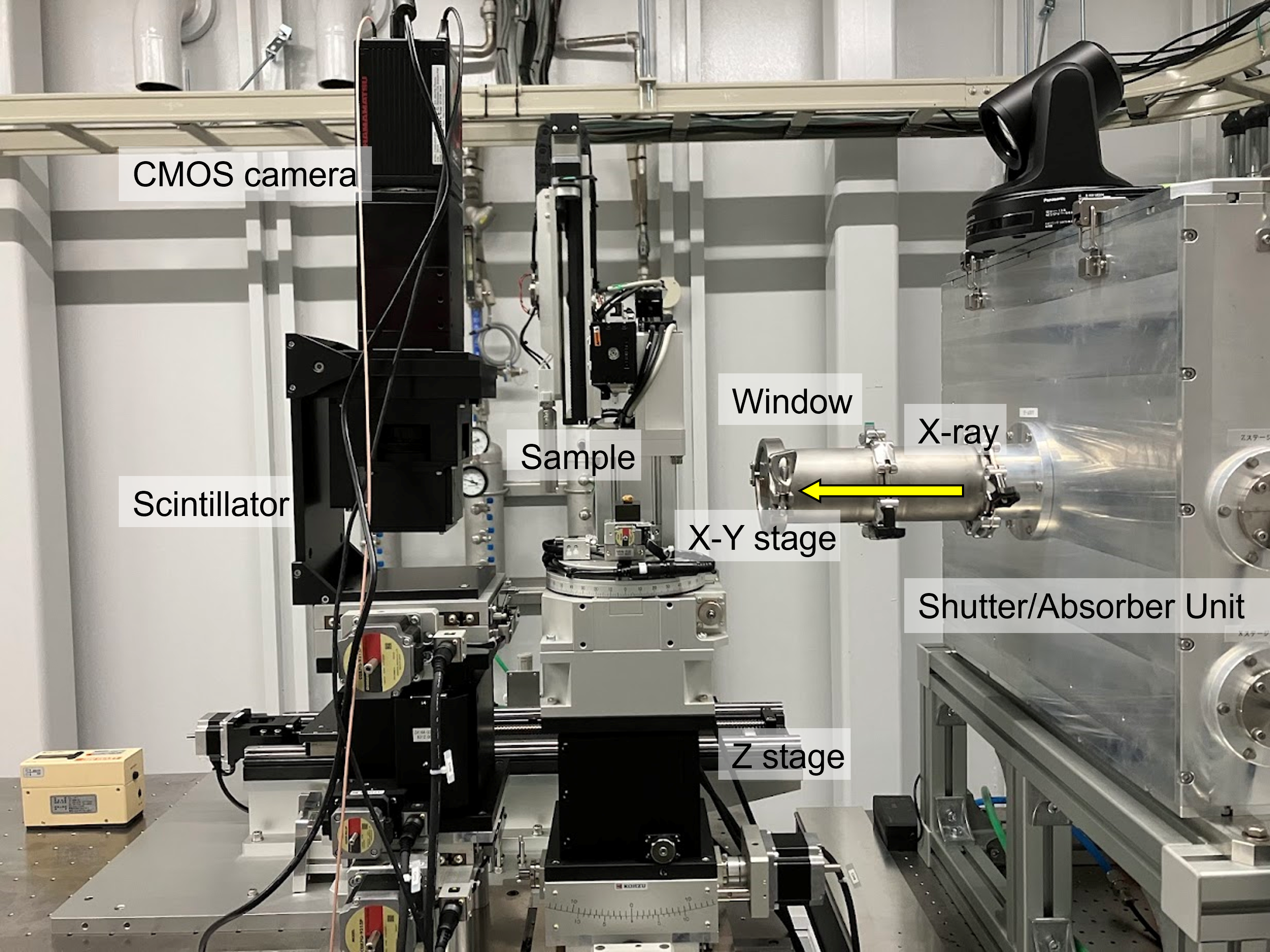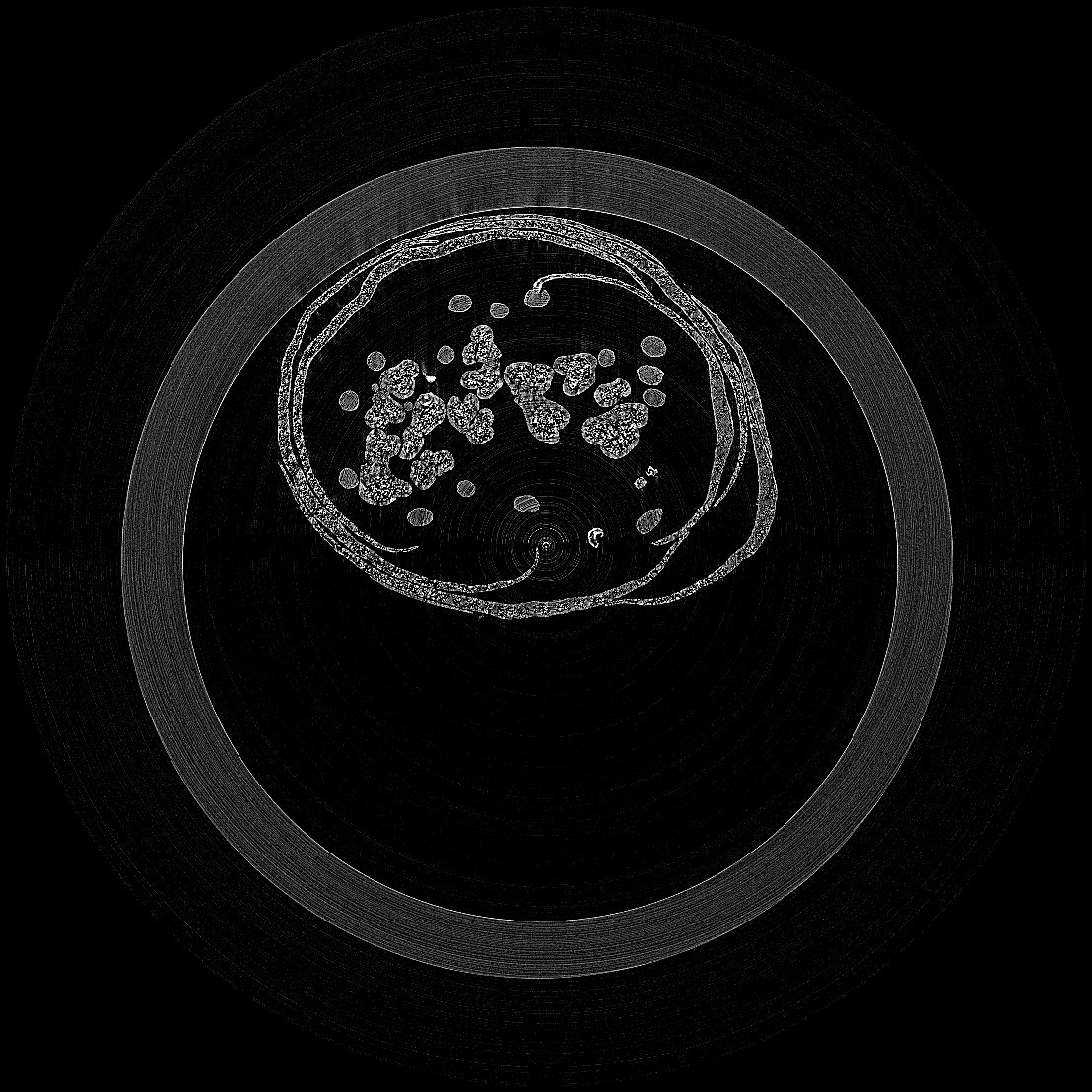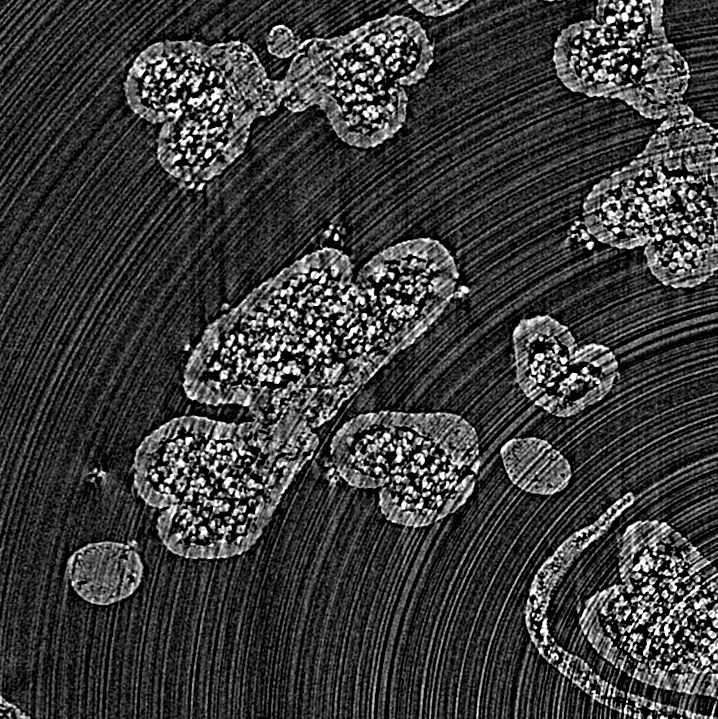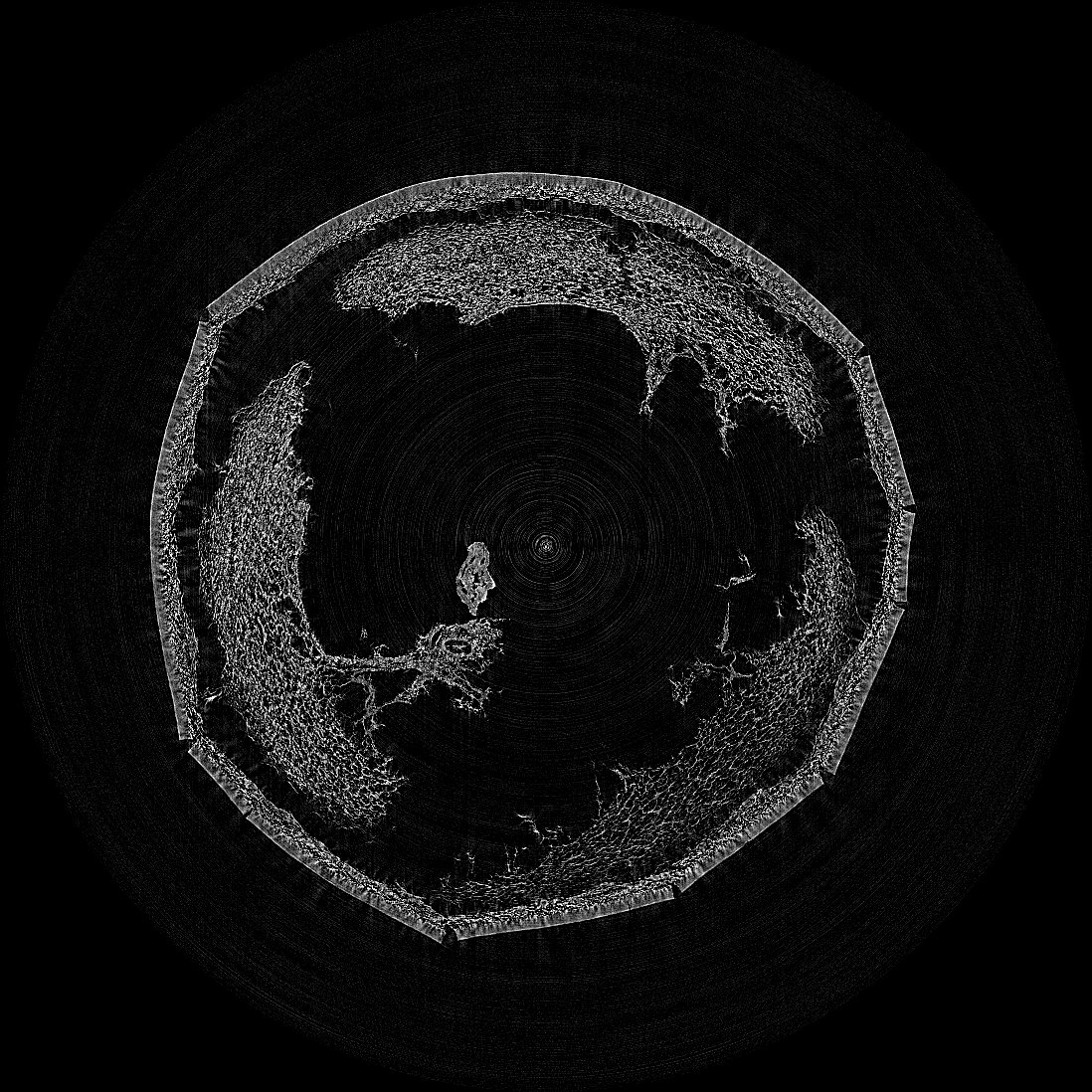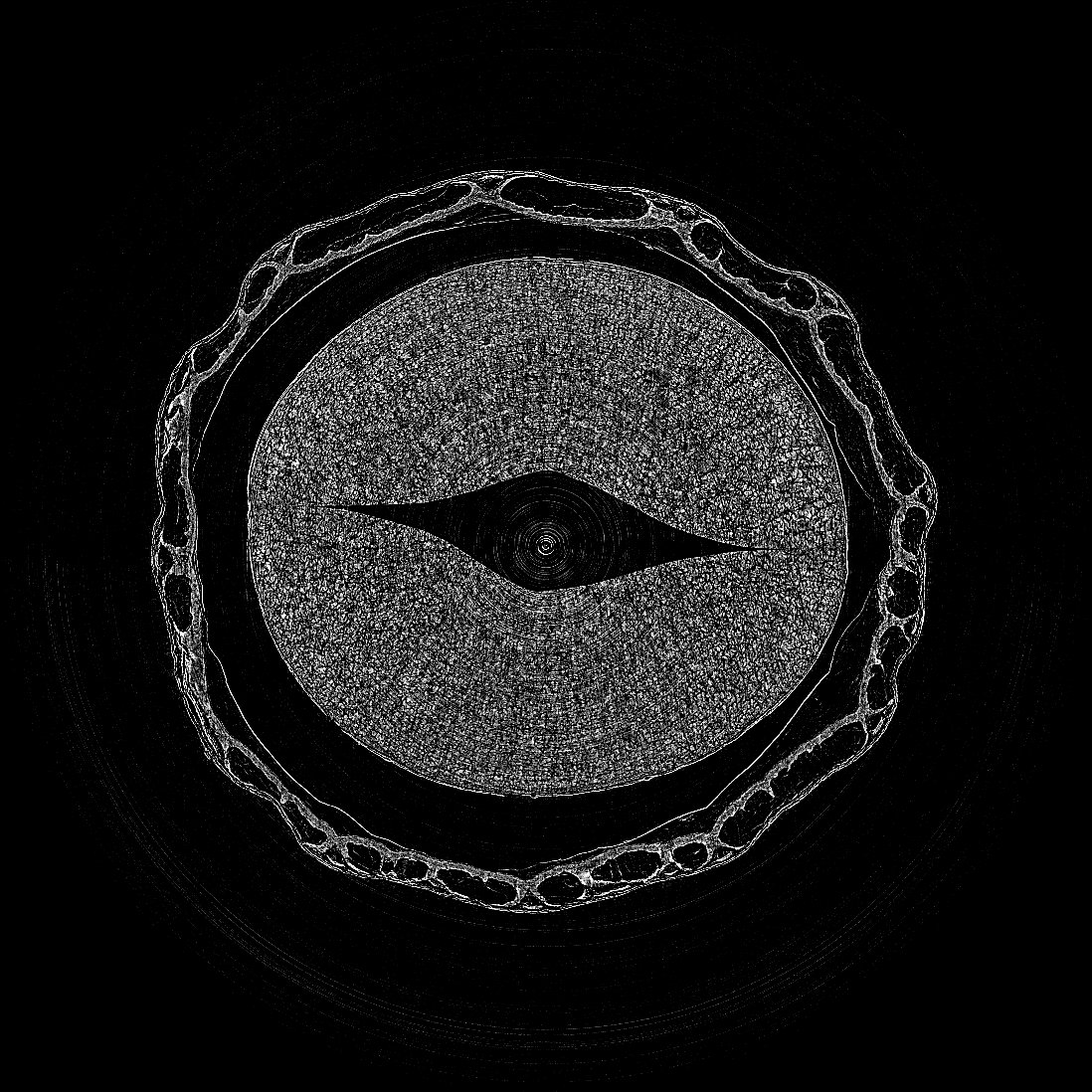BL09W INFORMATION
Experimental Techniques
- White X-ray CT (High-resolution CT using white X-rays)
- White X-ray Imaging
-
4D-CT (Advanced measurement)
【Coalition Conference's Lecture】(Japanese)
*Please note that the above lecture materials are based on information as of December 5, 2023, and some technical details may have been updated since then.
Overview
This beamline utilizes a multipole wiggler as its light source and provides a white X-ray beam in the energy range of 4
keV to 30 keV. (Energies below 4 keV are cut off by a Be window, and those above 30 keV are cut off by a flat mirror.) A
beam with a maximum size of approximately 50 mm (horizontal) by 4 mm (vertical) is available. A white X-ray CT system
is installed upstream in the experimental hutch as a standard measurement setup.
The downstream part of the hutch is a free space, allowing for 4D-CT, which adds a time axis to conventional 3D-CT. As
4D-CT is an advanced measurement, please consult with Professor Wataru Yashiro of SRIS.
Please note that the time required to bring in and set up equipment within the hutch is included in the allocated
beamtime.
Beam Characteristics
- Energy
- 4 to 30 keV white beam (continuous spectrum with maximum intensity around 20 keV)
- Flux
- 3.0 x 1016 cps (caluculated value)
- Beam size
- Max. width 50 mm, height approx. 4 mm
Hutch size
Dimensions: 8 m (along the beam axis) x 5 m (width) x 4 m (height) (A free space of 3 m x 3 m with a height of 3.3 m is available for users.)
Light Source and Optics
This beamline utilizes a 5-pole multipole wiggler as its light source, and the beam is reflected upwards by a flat mirror. The cutoff energy of the mirror is around 30 keV.
Experimental Station
- Standard Measurement
-
【White X-ray CT Imaging System】
Imaging field of view: Approx. 20 mm (horizontal) x 4 mm (vertical)
Scintillator: LuAG (Ce-doped), 0.2 mm thickness
Detector: Digital CMOS camera C16240-20UP (Hamamatsu Photonics)
Camera pixel size: 4.6 µm
Stage load capacity: 4 kgf
Sample-to-detector distance: 0.15 - 1.0 m
By increasing the distance between the sample and the detector, edge-enhanced imaging using phase contrast is possible
Layout
Measurement time and data size
Per standard measurement (180-degree scan, 0.1-degree step, 1800 projections):
Measurement time: Approx. 15 minutes
Data size: Approx. 112 GB
On average, approx. 20 samples can be imaged per 8-hour shift.
Please bring a USB storage device with a capacity of 2 TB or more.
